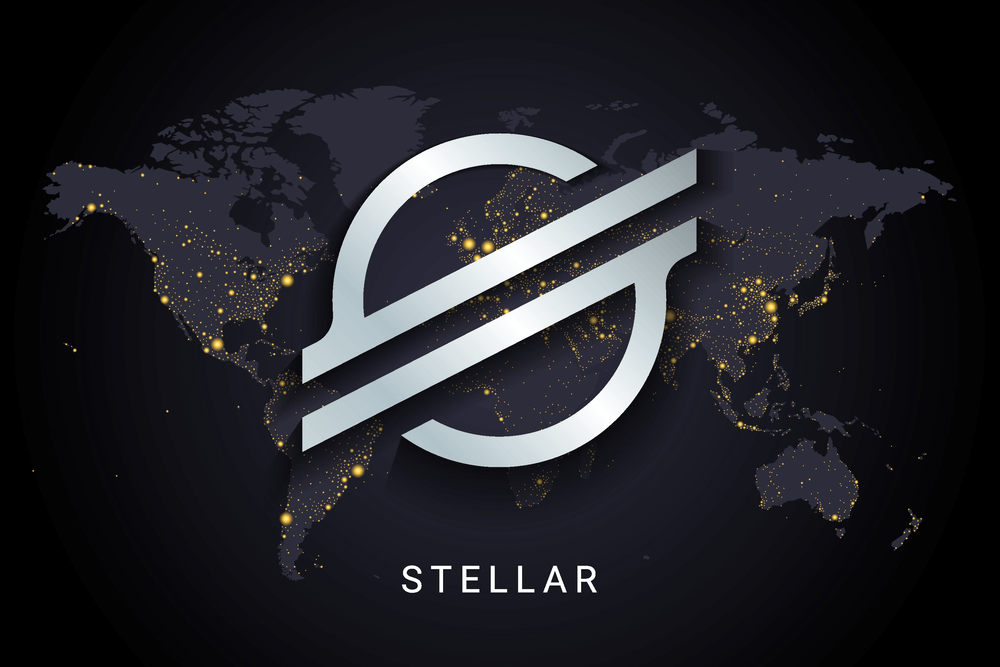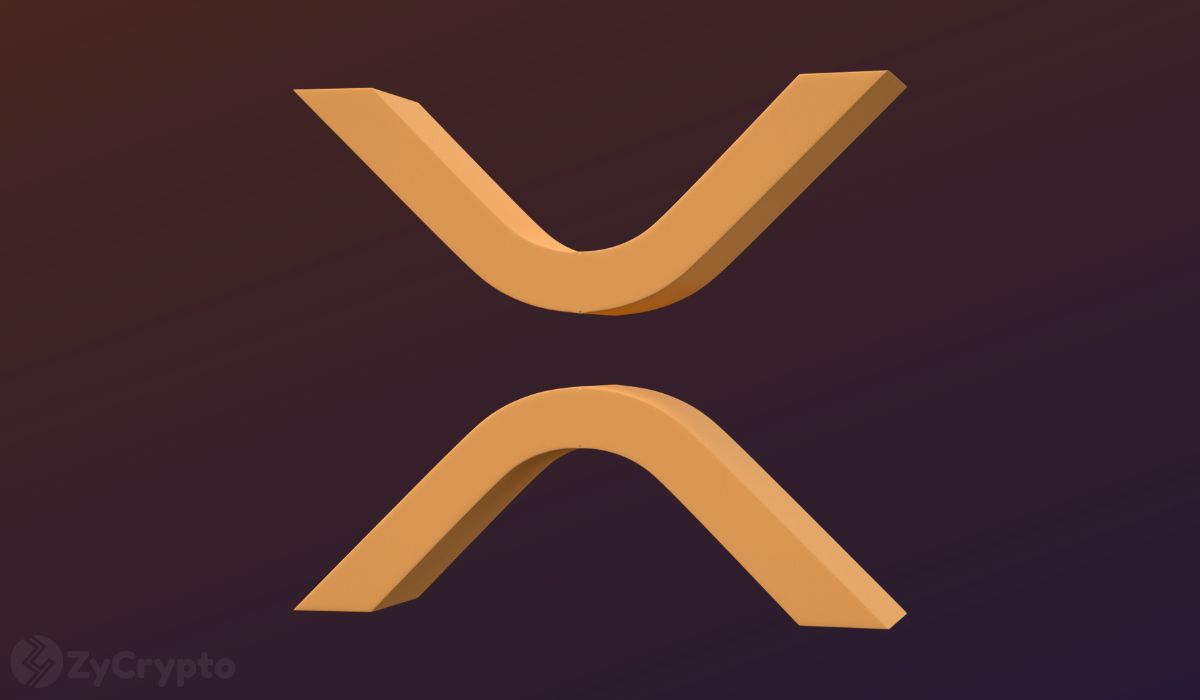ARTICLE AD BOX

- Stellar is on a massive growth streak as use cases drive bullish sentiment.
- With an RSI of 90, a potential correction appears imminent.
Stellar (XLM) is among the biggest gainers in the crypto market, with the price rising by over 450% on the monthly chart. As Bitcoin (BTC) consolidates around $98,000, XLM, the native token of the Stellar network, jumped to $0.56, levels not seen since May 2021.
Stellar Competes With Top Cryptocurrencies
This remarkable performance has elevated Stellar’s market capitalization above other notable cryptocurrencies. XLM now ranks as the 12th-biggest cryptocurrency, outpacing Toncoin (TON) and Shiba Inu (SHIB). The trading volume soared by 10.2%, indicating investors’ heightened network participation.
Based on technical analysis, the Relative Strength Index (RSI) reveals that XLM is overbought above 90, signaling a potential correction. Key resistance levels for XLM are at $0.60 and $0.75. XLM’s ability to break above these levels will determine its future price trajectory.
Meanwhile, an “Adam and Eve” pattern on monthly timeframes lurks around, which hints at a potential upside. This pattern features a V-shaped ‘Adam’ peak followed by a more gradual, rounded ‘Eve’ trough, providing clear trading signals.
Market analysts have expressed mixed sentiments on XLM’s short-term trajectory. Some anticipate continued upside potential with targets as high as $3 to $5. Others, however, warn that such rapid gains are unsustainable.
The broad consensus points to a potential consolidation period to establish new support levels. However, at the moment, data shows that XLM price surged by 29% in the last 24 hours to trade at $0.5386.
Factors Fueling XLM’s Current Rally
Many attribute XLM’s price momentum to its growing utility in real-world transactions. As CNF reported, Stellar’s primary use case is enabling cross-border transactions. The network allows users to execute swift and cost-effective international money transfers and is a robust platform for tokenizing real-world assets.
Stellar’s collaboration with financial institutions like MoneyGram and Franklin Templeton also adds tangible use cases for its network. Its real-world application for payments distinguishes it from other largely speculative projects. Moreover, Stellar has already partnered with IBM to integrate decentralized financial infrastructure. Such alliances might help Stellar reach $1 by 2025.
Furthermore, the network’s technological benefits have boosted Stellar’s recent surge. Stellar’s co-founder, Jed McCaleb, revealed in a recent CNF article that the network processes ten times more daily transactions than Ethereum, showcasing its efficiency and reliability.
McCaleb highlighted other accomplishments of Stellar, like its on-chain governance system and Soroban, a smart contract platform built for safety and efficiency. He added that Stellar’s extremely low transaction fees make it a strong contender for digital payments of most goods.
Stellar’s engineering quality and developer-friendly documentation add to its appeal by enabling application development and network adoption. McCaleb also praised the network’s simplicity and capabilities, including built-in stablecoin issuance, token generation, and a decentralized exchange.
.png)
 2 hours ago
1
2 hours ago
1








 English (US)
English (US)